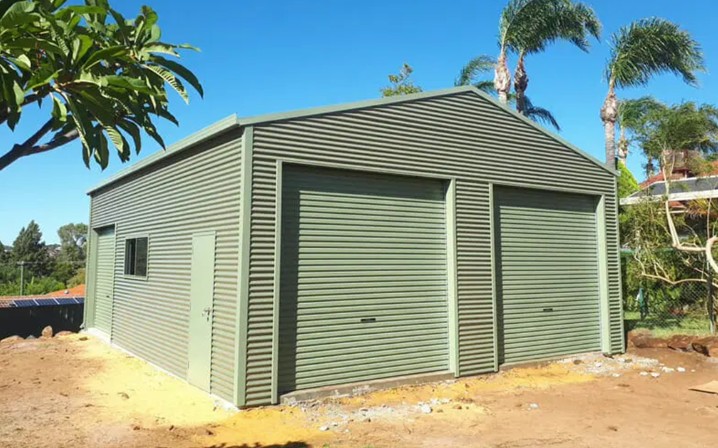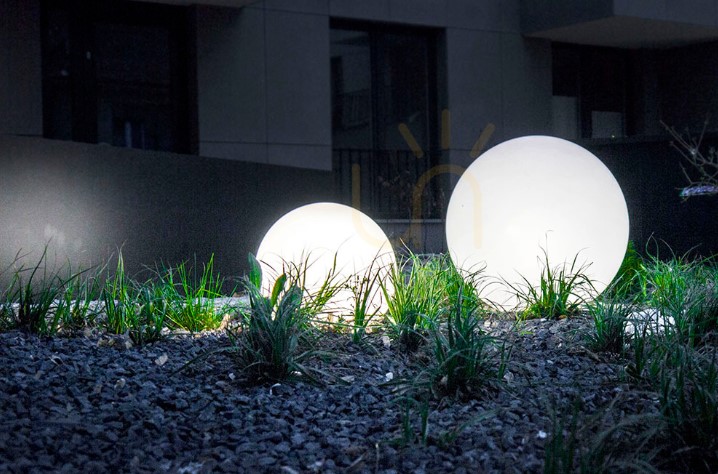What fresh veggies can the home garden yield now? Check out these instructions on growing them | Home/Garden
The fall and winter garden can provide lots of delicious vegetables. We begin to make its first plantings in August (fall crops of warm-season vegetables ) and go through October (cool-season vegetables).
The warm-season vegetables that we planted in August and grew over the past few months, like tomatoes, peppers, snap beans and cucumbers, will produce until freezing temperatures occur. This year, we have been lucky and have not experienced a hard freeze so far. As a result, warm-season vegetables may still be producing.
Tomatoes do not ripen as well when temperatures are cool and nights are in the 40s or 50s. If you find that fully developed fruit do not turn red, harvest them and they will ripen nicely at room temperature. Harvest all fruit if temperatures in the low 30s are predicted, and most should ripen indoors. Or you can use smaller green fruit fried or in relishes.
When cold weather puts an end to the warm-season vegetables, it’s time to remove those plants and throw them in your compost.
Although we hate to see them finish, there is a silver lining. As you remove these vegetables, you now have space to plant more vegetables. It’s not too late to add a wide variety of cool-season vegetables now.
Your vegetable garden should produce fresh food for your table year-round. And the vegetables grown here during the winter are some of the most delicious and nutritious that our home gardens can produce.

Swiss chard
SWISS CHARD: Grown for its delicious, nutritious foliage, Swiss chard is a type of beet selected to produce large, vigorous foliage rather than edible roots.
The mild-flavored leaves are rich in vitamins, minerals and antioxidants. The leaf blades can be separated from the leaf stems and cooked like spinach, whose flavor cooked chard resembles. The stalks may be prepared separately, steamed as you would asparagus, or chopped in with the greens. Young, tender chard leaves can be eaten raw adding a beetlike flavor to salads and sandwiches.
Chard’s large, fleshy leaf stems are most commonly either white or red, but there are types with stalks in shades of gold, pink and orange. Bright Lights has leaf stems that come in a variety of brilliant colors. It is an attractive plant and can actually make a colorful and unique addition to ornamental flower beds or ornamental containers.

It’s time to plant broccoli into the fall vegetable garden. Related vegetables include cauliflower, kale, romanesco, kohlrabi and collards.
COLE CROPS: Broccoli and cauliflower belong to a group of vegetables called the cole crops. Seeds of broccoli and cauliflower may be planted in flats or pots now to produce transplants to plant in the garden in January. Seeds started in December and January will produce transplants that will provide harvest this spring.
Planting transplants of broccoli or cauliflower now is a little risky. The plants are very hardy and will tolerate temperatures well below freezing, but the flower heads that we harvest to eat are more susceptible to cold damage. Transplants planted now will produce heads during the coldest part of winter when there is a good chance that temperatures cold enough to damage them may occur. You may decide it is worth the risk, but it’s more reliable to plant seeds of these crops now so they will come into production after the coldest part of the winter is past.
Plant them 12 to 18 inches apart in rows or beds when your broccoli transplants are ready to plant (or if you purchase transplants in January or February). The 12-inch spacing will produce smaller heads, but total production is greater. Broccoli heads are harvested when the largest flower buds are about the size of the head of a kitchen match. After the main head is harvested, side florets will be produced and harvesting can continue for several weeks, often doubling the production of each plant.
Cauliflower transplants should be spaced 18 to 24 inches apart. Cauliflower produces only one head, so after harvesting, remove the entire plant from your garden to make way for planting something else. For white heads blanch the cauliflower by pulling the leaves up over the head when it is about the size of a silver dollar. Fasten the leaves with a clothes pin and check the head frequently. Or, choose self-blanching varieties to plant. Harvest heads before the curds starts to separate.
Cabbage and Brussels sprouts are cole crops that can be planted now using transplants. We eat the foliage, not the flower heads of these vegetables — so cold is not an issue.
Other excellent vegetables that belong to the cole crops include kale, kohlrabi and collards. All of these can be planted from seed or transplants now through February.

METRO SOURCE PHOTO – Plan now and you’ll be harvesting carrots in the fall.
ROOT CROPS: These are also excellent for the cool-season vegetable garden. Root crops should always be direct seeded into the garden where they will grow and never transplanted. The tiny root the seed first sends out eventually develops into the edible vegetable. If this is damaged, as generally happens when you transplant seedlings, the result is a deformed root.
Plant the seeds rather thickly to make sure you get a good stand, and then thin the seedlings to the proper spacing. The following are some commonly planted root crops and the proper spacing: beet 3-4 inches; radish 2-3 inches; turnip 3 inches; carrot 2 inches and rutabaga 4 inches.

Photo provided by MetroSource – spinach
LEAFY GREENS: A variety of delicious and nutritious leafy green vegetables can be planted now using seeds or transplants, including lettuce, spinach, mustard, Chinese cabbage, arugula and endive.
You will find lots of helpful Louisiana appropriate vegetable gardening information on the LSU AgCenter website at www.lsuagcenter.com.
Last February, we experienced some significant freezes that damaged citrus trees, particularly on the north shore. It’s hard to say if we will…
The holiday season is made more beautiful by the special plants we use to decorate our homes. Plants such as poinsettias, Thanksgiving and Chr…
I think that there is an almost universal desire to create landscapes that provide seasonal color through the year. Color is provided primaril…
Dan Gill is a retired consumer horticulture specialist with the LSU AgCenter. He hosts the “Garden Show” on WWL-AM Saturdays at 9 a.m. Email gardening questions to [email protected].






